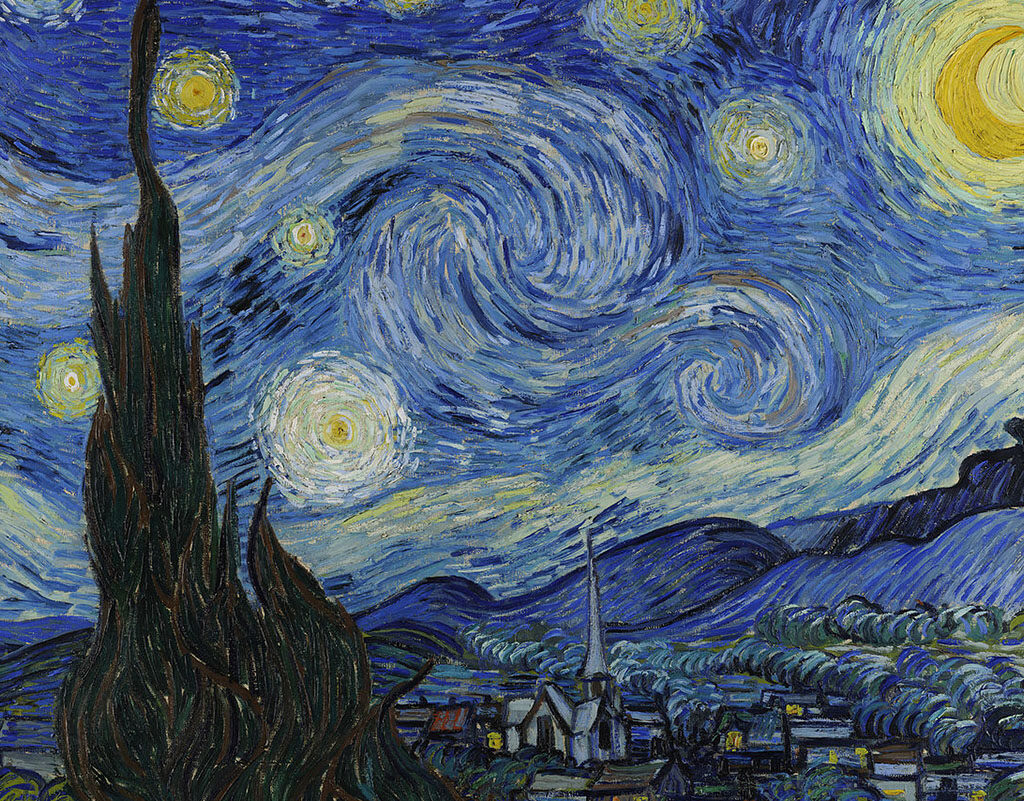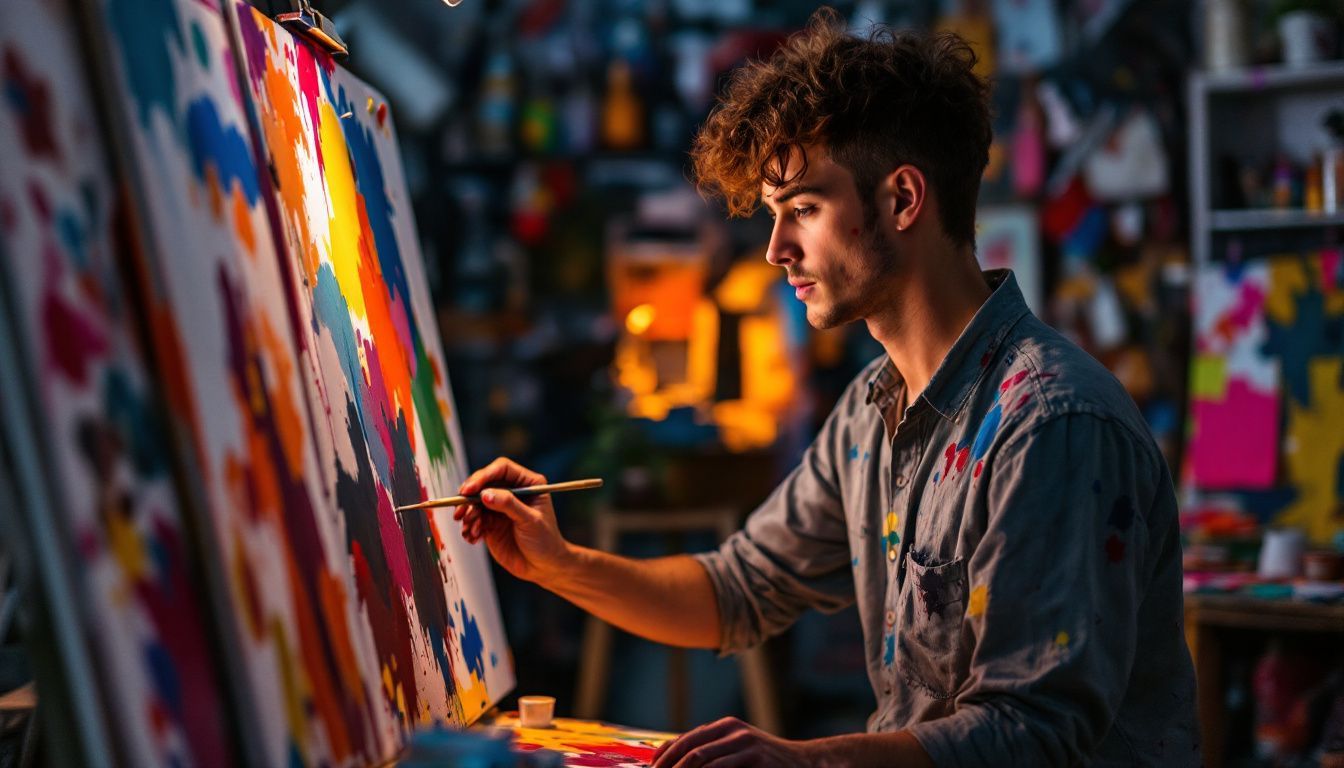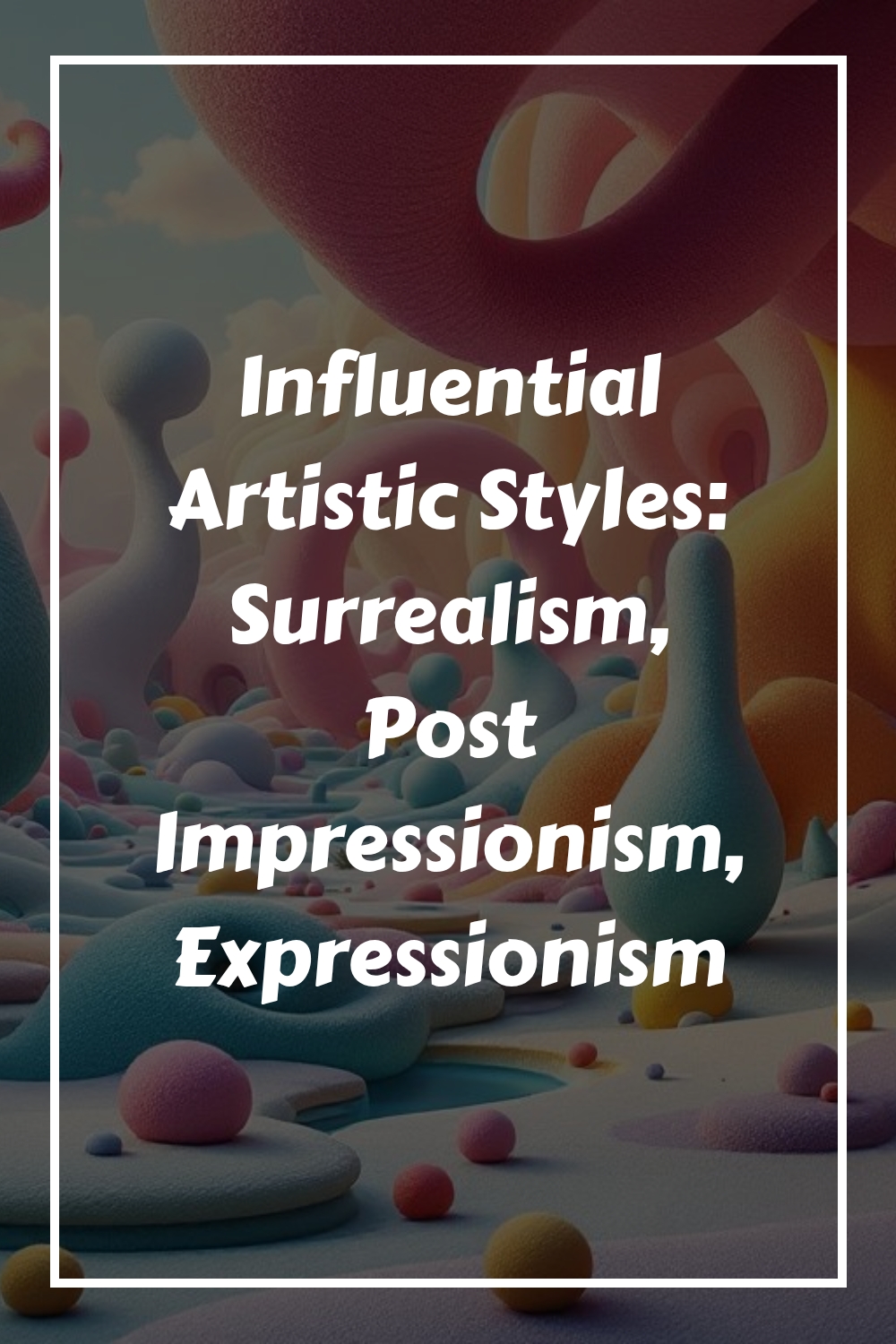Post-Impressionism Origins & Approach
Timeframe
Post-Impressionism emerged in France from about 1886 to 1905.
Motivation
Artists wanted to move beyond Impressionism’s focus on capturing fleeting light and naturalistic scenes. Instead, they aimed to infuse art with personal meaning, structure, and emotional depth.
Key Figures
Vincent van Gogh, Paul Cézanne, Paul Gauguin, Georges Seurat.
Philosophy
Artists sought to express their inner vision, often distorting forms and using color symbolically to evoke emotion or highlight structure.
Key Techniques
Color
Continued use of vivid, sometimes non-naturalistic colors.
Brushwork
Expressive brushstrokes; use of thick impasto in some works (e.g., Van Gogh).
Form & Structure
Abstraction and organization of visual elements—Cézanne, for example, broke objects down into geometric shapes.
Symbolism
Use of color and composition to convey ideas, moods, or spiritual meaning.
Personal Expression
Focus moved away from direct observation to the artist’s unique perspective and interpretation.
Influence on Later Art
Fauvism
The bold, expressive color of Post-Impressionists directly inspired the Fauves (e.g., Matisse), who pushed color further for emotional effect.
Cubism
Cézanne’s analytical approach to form and space strongly influenced Cubists like Picasso and Braque, who deconstructed subject matter into geometric forms.
Expressionism
The emotional directness and symbolic content informed early 20th-century Expressionism, in which artists like Edvard Munch conveyed psychological states.
Modern Art
Post-Impressionism’s focus on abstraction and subjectivity laid foundations for much of modern art in the 20th century, encouraging future artists to prioritize inner vision and experimentation over realistic depiction.
Post-Impressionism represents a pivotal transition in art history. By emphasizing personal expression, symbolic use of color, and formal invention, Post-Impressionist artists not only enriched painting but also shaped the direction of major movements—such as Fauvism, Cubism, and Expressionism—that define modern art.


 Cart is empty
Cart is empty 








 Automatism
Automatism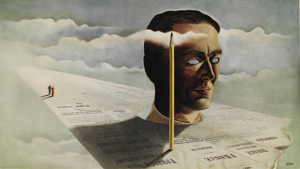 Dreams as Inspiration
Dreams as Inspiration


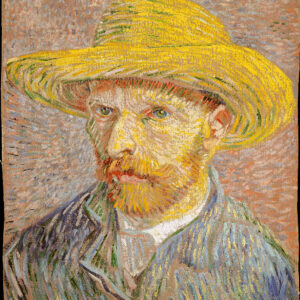 Key Techniques
Key Techniques